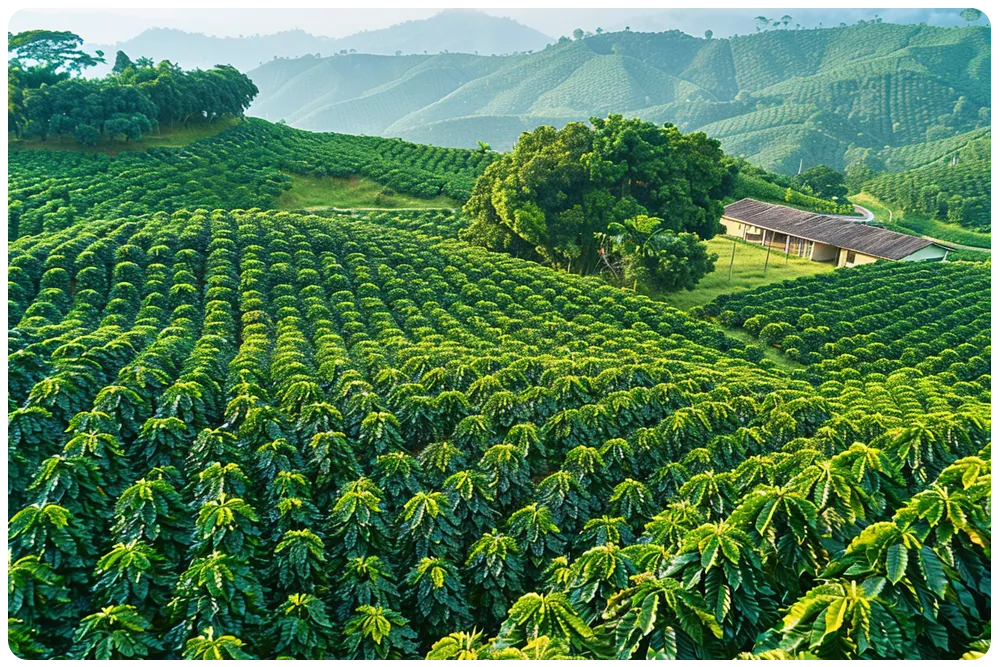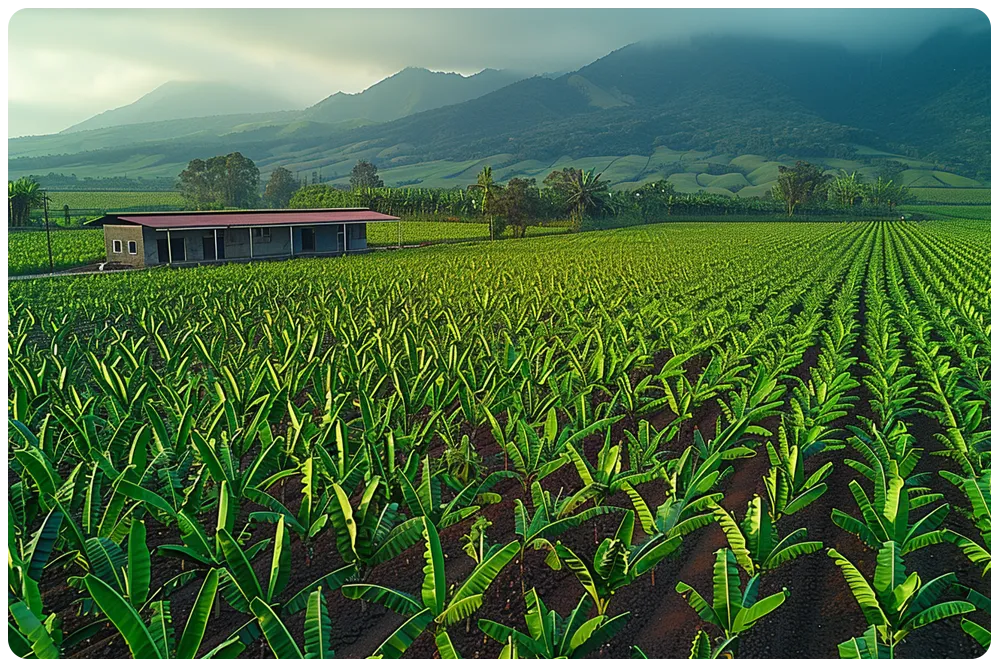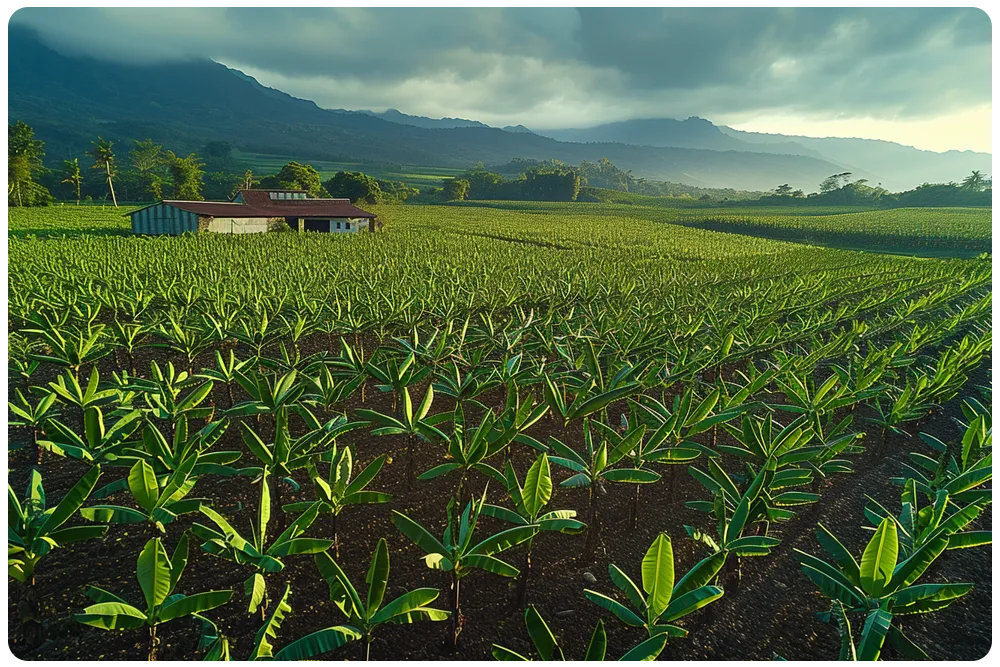Understand the investment required for drone-enhanced farming. Uncover average costs, benefits, and potential returns of implementing drones in your agricultural operations.
Welcome to Drone Farm
We offer a comprehensive range of agricultural drone services. With years of experience, we’ve harnessed our expertise to deliver high-quality services to our clients. Our team provides full support at every stage. Choose us for top-tier Drone Farming experiences!

Contents
- 1. How does drone farming affect cost?
- 2. Average cost of drone in agriculture.
- 3. Differentiating the cost of drone farming.
- 4. Drones reduce agricultural work thus cost.
- 5. What factors influence the drone farming cost?
- 6. Investment needed for effective drone farming.

1. How does drone farming affect cost?
How does drone farming affect cost?
The impact of drone technology on farming costs is considerable and multi-faceted. Our discussion here will offer a detailed understanding of the financial investment necessary for drone farming, the average costs involved and how these tools can provide significant return on investment.
Initial Investment
The cost of the drone itself is the first and most apparent financial factor. The price of drones used in agriculture can range from a few hundred to several thousands of dollars depending on the technology and features.
Training and Certification
Operating a drone over agricultural fields often demands specific training and certification related to drone piloting, and in some regions, legal requirements. This adds to the initial investment.
Continuous Expenses
Maintenance and necessary periodic upgrades of hardware contribute to the continual costs of running drones. This also includes the cost of data management and storage, as drones generate large amounts of data.
Savings via Improved Efficiency
Drones can significantly reduce the cost of crop production in the long run. Output from drone data supports decision-making processes, resulting in reduced wastage, optimized use of resources, better crop health, and improved yield. Drone technology also saves time and cost associated with manpower.
Preventive Maintenance
Drones can also work as proverbial ‘stethoscopes’ for the field, spotting signs of crop illness early on. Intervention at an early stage minimizes the effect on yield, further saving costs.
Justification of the Cost
Considering the range of benefits that a drone provides, it is worth the investment. As described, the implementation of drones in farming can decrease costs associated with crop production and farm management, offering substantial payback over time.
Conclusion
The financial aspect of drone farming may be intimidating initially but understanding the potential savings and increased efficiency that a drone offers, the investment can be worthwhile for farmers.
This topic is expansive and just a gist of what drone technology can unfold for agriculture, economically or otherwise. Our site serves as a vast resource on the myriad ways of how a drone can optimize your farming operations and influence cost dynamics.
2. Average cost of drone in agriculture.
The Monetary Aspect of Utilizing a Drone in Agriculture
The advent of drone technology in the agricultural sector has revolutionized field management strategies. However, when considering the implementation of a drone in your farming practices, it’s crucial to understand the financial investment involved.The average cost of an agricultural drone typically revolves around a wide spectrum as it directly hinges on the make and model, the features it possesses, and the technology it employs.Here’s a breakdown:

3. Differentiating the cost of drone farming.
Differentiating the Cost of Drone Farming
Embarking on a journey to optimize farming practices with drone technology provokes essential queries about the financial implications involved. The average cost of drone farming ranges significantly depending on various factors that you need to understand to make a well-informed, cost-effective investment decision. Below are crucial aspects that differentiate drone farming costs:Types of Agricultural DronePrimarily, the cost is influenced by the type of drone you choose. For Instance, fixed-wing drones known for their extended flight times and efficient area coverage typically cost more than multi-rotor drones that are popular due to their superior maneuverability.
Drone HardwareBeyond the unit itself, the drone’s hardware impacts the overall costs too. Factors such as the resolution of the onboard camera, the presence of multispectral sensors for analyzing crop health, and precision spray systems for targeted pesticide or fertilizer application contribute to cost differentiation.
Operational ExpensesOperating a drone has associated recurring costs essential to be factored in. These include elements like maintenance, insurance, and battery replacement which directly impact the total investment in drone farming.
Software and Data Analysis ToolsRarely taken into account but of immense importance are the software and data analysis tools, which are crucial for interpreting the information gathered by the drone. High-quality, user-friendly systems enhance the drone’s utility but also push up the expense.
Training and CertificationProper operation of the drone and ensuring safety and compliance often require professional training, a hidden cost that can significantly influence the total investment.
Understanding the different aspects of drone farming costs helps in choosing an efficient, cost-effective solution apt for your agricultural requirements. The key is not merely to factor in the upfront cost of the drone, but consider the complete financial landscape related to drone farming.4. Drones reduce agricultural work thus cost.
Financial Investment in Agricultural Drone: A Cost-Effective Strategy
Understanding the intricacies of agricultural drone finance is essential for farmers considering adopting this technology. Drone usage in farming can lead to significant cost reductions, improved resource management, and increased crop yields.The purchase and operation of a drone may initially seem like a substantial investment. However, the use of drones in agriculture can significantly reduce field work, thus lowering operational costs. Let’s breakdown the aspects one by one:
- Field Survey Costs: Traditional methods of surveying a farm can be labor-intensive and costly. By employing a drone, however, large expanses of land can be surveyed quickly and effectively. This not only saves man-hours but also reduces substantial field work costs.
- Precision Agriculture: The use of a drone provides accurate data on plant health, soil conditions, and pest infestations. This allows for precise application of pesticides, fertilizers, and water, reducing waste and saving costs.
- Real-Time Monitoring: A drone assists with real-time monitoring of crops, allowing farmers to take swift preemptive actions when signs of crop illness are detected. This can lead to vast savings by avoiding large-scale damage from pest infestations or diseases.
The financial implications of agricultural drone use go beyond the initial purchase. Additional considerations are insurance, licensing, and maintenance. However, these costs are often offset by the inherent benefits that this technology provides.
Moving towards drone farming not only reduces agricultural work but also leads to lower costs in the longer run. When analyzing the average cost of drone farming, the return on investment, powered by efficient farm management and optimal crop production, turns out to be far more favorable.


5. What factors influence the drone farming cost?
What Factors Influence the Cost of Drone Farming?
In the realm of modern agriculture, drones have revolutionized traditional farming procedures. These high-tech tools enhance crop production efficiency and lower the risk of crop disease. Yet, as these benefits are widely acknowledged, the financial aspect of drone farming still raises queries. What is the investment needed for agricultural drone use? How does it influence the farming cost? Let’s peel back the layers of these concerns.
Firstly, the type of drone plays an important role in determining the overall cost. Different drones come with varying features, capabilities, and price tags:
- Agriculture specific drones: These are typically equipped with specialized software and sensors to monitor crop health and irrigation systems. The cost will hinge on their advanced functionalities.
- Multi-purpose drones: These are flexible tools that can be used for multiple tasks like mapping, surveying, and livestock monitoring. Again, the price will depend on the features they embody.
Secondly, the size and type of the agricultural land greatly influence the drone farming cost. Large-scale commercial farms might require high-end drones capable of covering vast areas without frequent battery changes. Conversely, smaller farms may get by with less sophisticated drones.
Thirdly, the cost of drone operation and maintenance also needs to be considered. This includes routine checks, part replacement, software updates and, if necessary, repair costs. Training for the technical staff to operate the drone efficiently also represents a significant part of the investment.
Lastly, any additional accessories like cameras, sensors, spray equipment or batteries will add to the overall cost. The cost of storage and insurance for the drones should also be taken into account while predicting the financial investment in drone farming.
In summation, the cost of drone farming is influenced by numerous factors, each of which can significantly influence the financial investment needed. Examining this will allow for better informed decisions concerning the integration of drones in agricultural practices. Remember that while the upfront cost might seem steep, it’s a strategic investment that can bring about significant returns by boosting crop production and minimizing crop disease over time.
6. Investment needed for effective drone farming.
In our quest to discover the intricacies of drone farming, one crucial factor that unquestionably comes into play is the financial investment. Capital allocation for drone farming poses a crucial question for those considering this game-changing technology. So, what kind of investment is needed for effective drone farming?
While the cost of investment can vary significantly, several core areas require your financial attention. Here we break down the key expenditures associated with drone farming:
Drone Acquisition
Investing in a drone is an initial and fundamental expense. The price can range from a few hundred to several thousand dollars, depending on the make, model and the functionalities it offers.
Operational Costs
Operational costs include expenses related to the maintenance, repair, and replacement of parts. Regular servicing, battery replacement, and software updates also add to the operational costs.
Training and Certifications
Operational efficacy of drone farming also hinges on the expertise of the operator. Therefore, expenses related to professional training for use and maintenance, as well as certification costs, should be figured into the financial equation.
Data Analysis
Data analysis software subscriptions or acquiring high-end customized solutions could be another significant item in the budget. These programs process the valuable data collected by the drone, assisting in crucial farm management decisions.
Insurance
Given the potential risk factors in drone operations, having insurance coverage is an essential, albeit an added expenditure. Insurance cost depends on factors like drone value, area of operation, and the coverage extent.
While these factors contribute to the upfront cost of adopting drone farming, it’s integral to remember that the benefits could outweigh the investment in the long run. By enhancing crop production, aiding in timely crop illness detection and prevention, and offering superior farm management strategies, drone technology promises substantial returns on investment.
